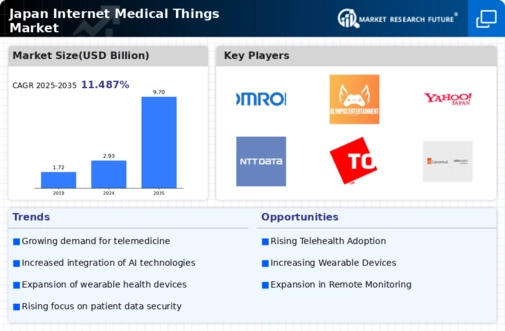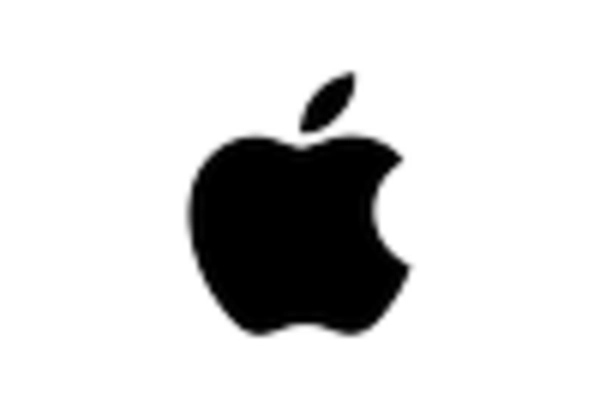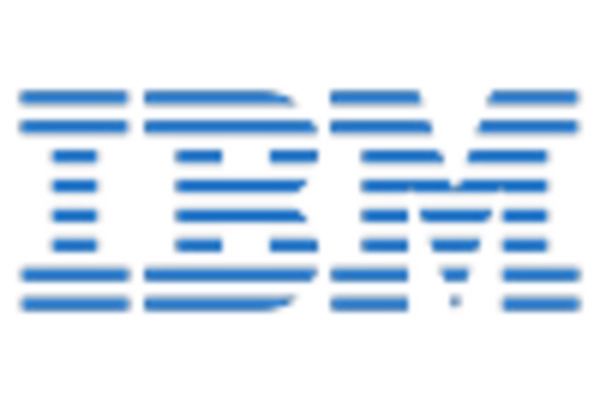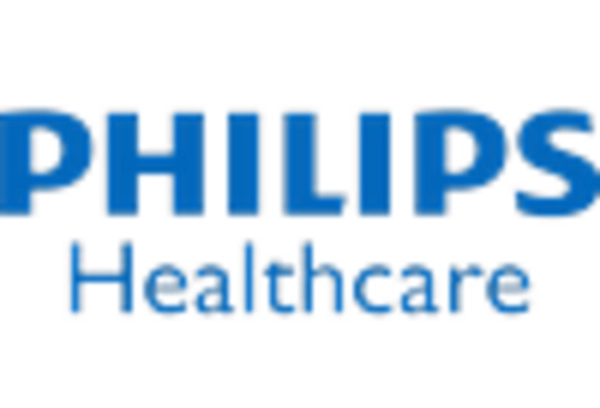Increased Focus on Preventive Healthcare
The internet medical-things market in Japan is significantly influenced by a growing emphasis on preventive healthcare. With rising healthcare costs and a shift towards value-based care, stakeholders are prioritizing early intervention strategies. Preventive health technologies, such as mobile health applications and wearable devices, empower individuals to monitor their health proactively. According to recent studies, approximately 70% of Japanese consumers express interest in using digital health tools for preventive measures. This trend indicates a cultural shift towards health consciousness, which is likely to drive the demand for internet medical-things solutions. As preventive healthcare becomes more mainstream, the market is expected to witness substantial growth.
Rising Demand for Remote Patient Monitoring
The internet medical-things market in Japan experiences a notable surge in demand for remote patient monitoring solutions. This trend is driven by an aging population, which is projected to reach 36.2% of the total population by 2040. Remote monitoring technologies enable healthcare providers to track patients' health metrics in real-time, thereby enhancing patient outcomes and reducing hospital visits. The market for remote monitoring devices is expected to grow at a CAGR of 15% from 2025 to 2030. This growth is indicative of a broader shift towards proactive healthcare management, where patients can manage chronic conditions from the comfort of their homes. Consequently, the internet medical-things market is likely to expand as healthcare systems adapt to these evolving patient needs.
Technological Advancements in Medical Devices
Technological innovations play a pivotal role in shaping the internet medical-things market in Japan. The integration of artificial intelligence (AI) and machine learning into medical devices enhances diagnostic accuracy and treatment personalization. For instance, AI-driven diagnostic tools can analyze vast datasets to identify patterns that human practitioners might overlook. The Japanese government has invested approximately $1.5 billion in research and development for medical technology, fostering an environment conducive to innovation. As these technologies become more sophisticated, they are expected to drive the adoption of internet medical-things solutions, thereby transforming traditional healthcare delivery models. This evolution suggests a future where technology and healthcare are increasingly intertwined.
Growing Investment in Health IT Infrastructure
Investment in health IT infrastructure is a significant driver of the internet medical-things market in Japan. The government has allocated substantial funding to enhance digital health systems, aiming to create a more integrated healthcare ecosystem. In 2025, it is estimated that health IT spending will reach approximately $10 billion, reflecting a commitment to modernizing healthcare delivery. This investment encompasses the development of interoperable systems that facilitate seamless data exchange among healthcare providers. As health IT infrastructure improves, the adoption of internet medical-things solutions is expected to accelerate, leading to better patient care and operational efficiencies. This trend underscores the importance of robust infrastructure in supporting the growth of digital health initiatives.
Regulatory Support for Digital Health Innovations
Regulatory frameworks in Japan are increasingly supportive of digital health innovations, which is a crucial driver for the internet medical-things market. The Pharmaceuticals and Medical Devices Agency (PMDA) has streamlined approval processes for digital health products, facilitating quicker market entry for innovative solutions. This regulatory environment encourages startups and established companies to invest in the development of internet medical-things technologies. Furthermore, the government has introduced initiatives aimed at promoting digital health literacy among healthcare professionals and patients alike. As these regulatory measures take effect, they are likely to enhance the overall market landscape, fostering a culture of innovation and collaboration within the healthcare sector.

















Leave a Comment